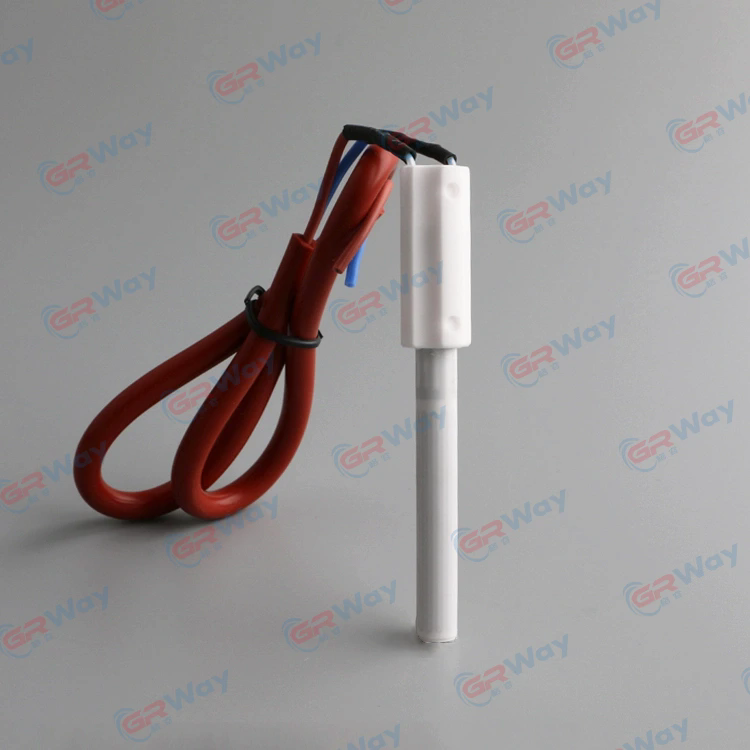What Is a Ceramic Pellet Igniter and How Does It Work in Heating Systems?
2025-06-24
A ceramic pellet igniter is a heating component used to ignite fuel pellets in pellet stoves, boilers, and furnaces. It plays a critical role in ensuring reliable and efficient combustion by providing the necessary heat to start burning the pellets without the use of an open flame.

What Is a Ceramic Pellet Igniter?
The ceramic pellet igniter typically consists of a ceramic heating element that heats up rapidly when electric current passes through it. The ceramic material is chosen for its high-temperature resistance, electrical insulation properties, and durability. When the igniter reaches a high enough temperature, it ignites the biomass fuel pellets in the combustion chamber, initiating the heating cycle.
Key Features and Advantages
High Temperature Resistance: Ceramic can withstand the extreme heat required for ignition without degradation.
Rapid Heating: Quickly reaches ignition temperatures to minimize startup time.
Durability: Resistant to thermal shock and wear, ensuring long service life.
Energy Efficient: Requires less electricity compared to traditional ignition methods.
Safe Operation: Eliminates the need for a pilot flame or open flame ignition, reducing fire hazards.
Applications of Ceramic Pellet Igniters
Pellet Stoves: Residential and commercial heating units that burn compressed biomass pellets.
Biomass Boilers: Industrial heating systems using wood pellets or other biomass fuels.
Furnaces: Systems requiring clean and controlled ignition sources.
Other Combustion Systems: Where precise and reliable ignition of solid fuels is necessary.
How to Choose the Right Ceramic Pellet Igniter
Power Rating: Ensure the igniter matches the voltage and wattage requirements of your heating system.
Size and Shape: Compatible with the combustion chamber design.
Durability: Look for high-quality ceramic materials to extend lifespan.
Manufacturer Specifications: Follow OEM recommendations for replacement parts.
Conclusion
Ceramic pellet igniters are vital components in modern pellet-based heating systems, offering efficient, safe, and reliable ignition. Their high-temperature tolerance and quick heating capability make them indispensable for starting combustion smoothly and minimizing energy use.


